London Fashion Week delivered another successful and creative season, despite some brands skipping the calendar, others deciding to show only once a year—such as Conner Ives, Chopova Lowena, and Knwls—the increasing media interest in Paris and Milan, and the challenging economic landscape. Fifty runway shows and presentations showcased the best talent, proving the bold British vision and its approach to creation and womenswear. Industry heavyweights and A-listers were part of this fashion celebration, which aimed to place new talent at the center of creation.
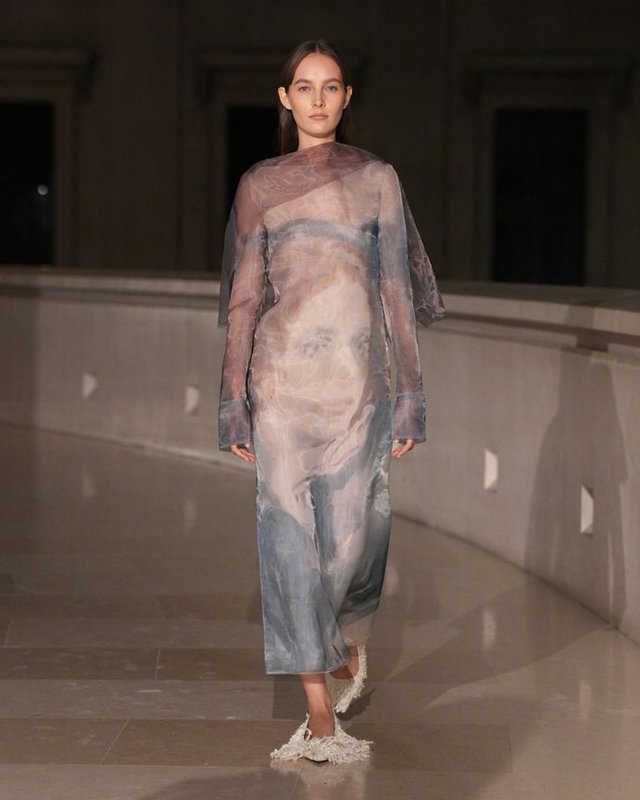
As a hub for emerging designers, London Fashion Week continues to inspire the industry and support newcomers. Steven Stokey-Daley, Bloke, Keburia, and Noon were among the designers debuting on the calendar, bringing a fresh take on design and dynamic energy—London’s signature staples. On the other hand, big names such as Simone Rocha, Erdem, and Burberry made their mark throughout the week with standout displays, proving why they remain at the forefront of the industry. The latter presented its collection, inspired by British arts and culture, at Tate Britain, with attendees such as Law Roach, Lauryn Hill, and Orlando Bloom.
This season, a return to ladylike silhouettes took over the runways of several brands, bringing back the exaltation of classic femininity. Emilia Wickstead introduced a collection that was sophisticated and polished, with clean lines and bold colors at its core. At Erdem, ethereal dresses with a focus on the waist and intricate visual elements created a delicate collection. Historical references appeared in some looks, reinforcing a classic vision of womenswear. Meanwhile, Richard Quinn’s romantic collection seemed straight out of a fairytale—the gowns, colors, fabrics, and floral motifs reflected a sophisticated and timeless approach to fashion.
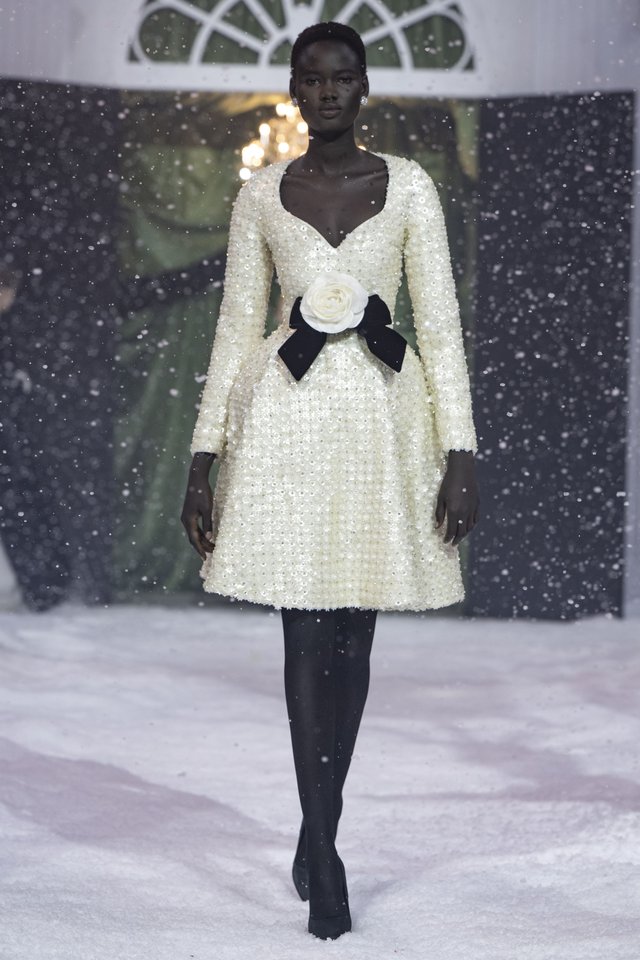

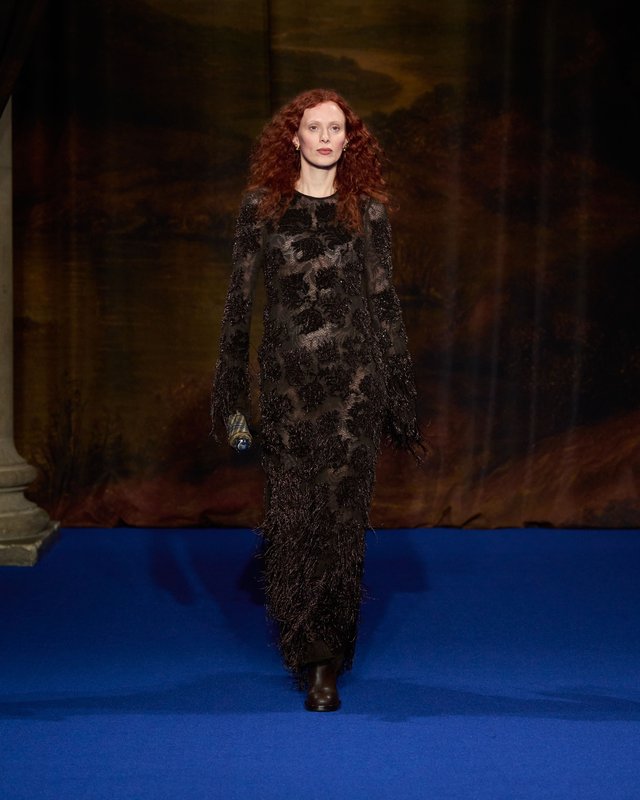
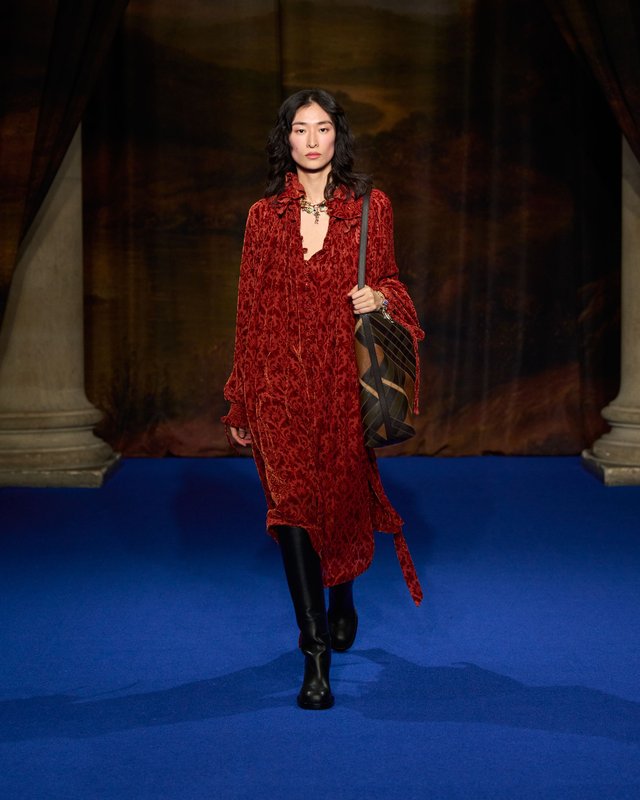
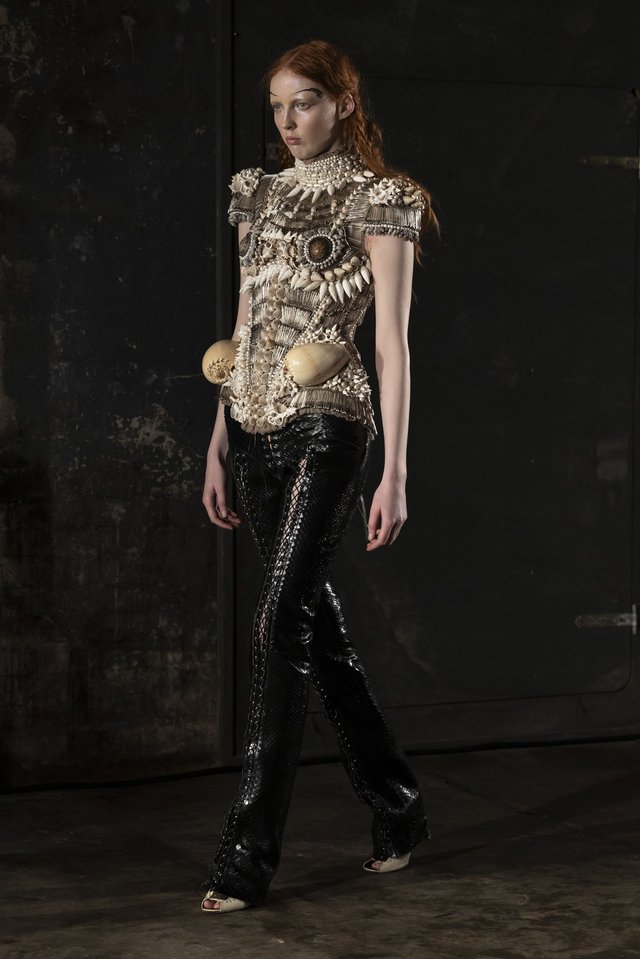

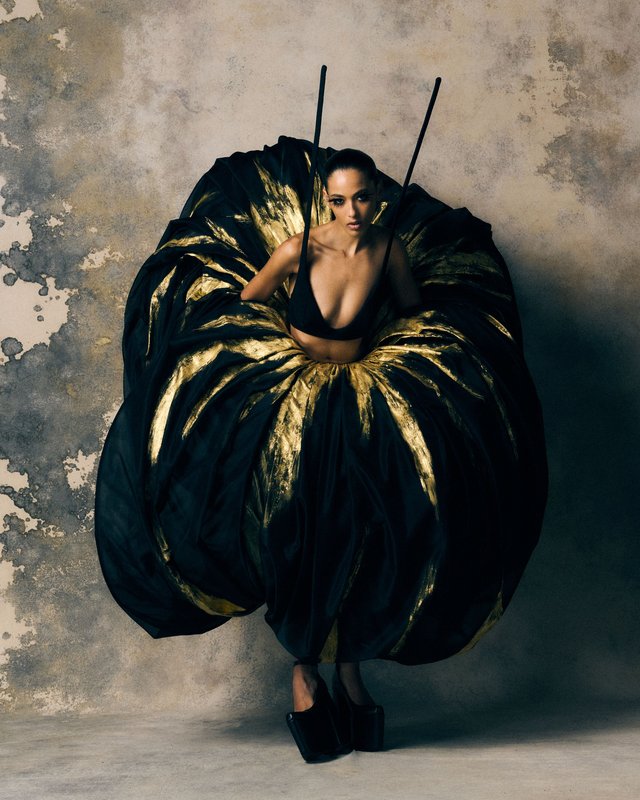

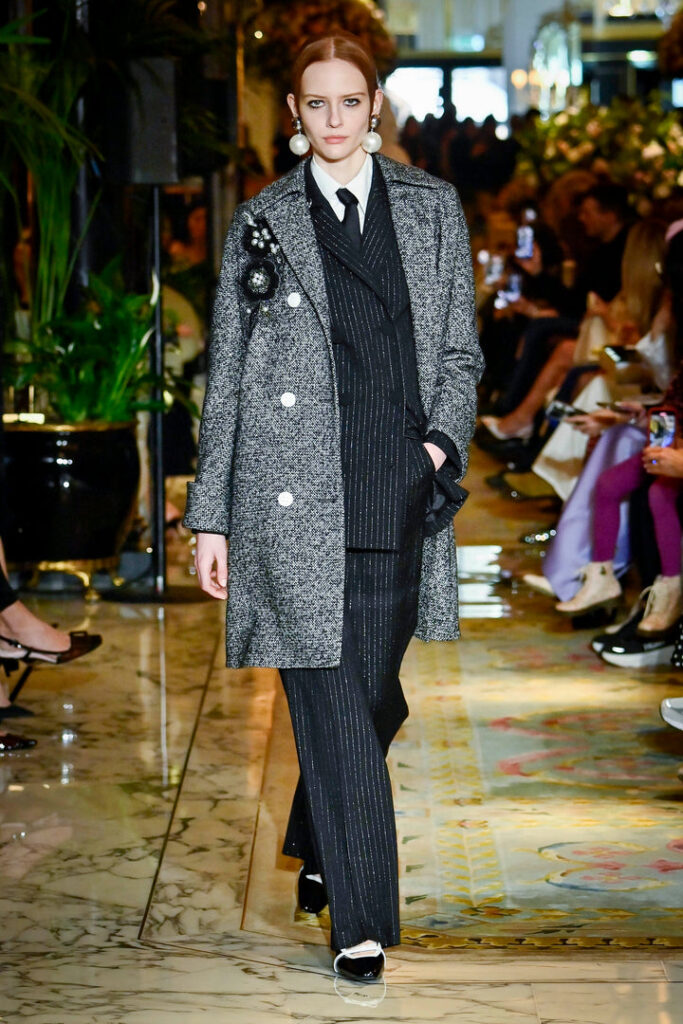
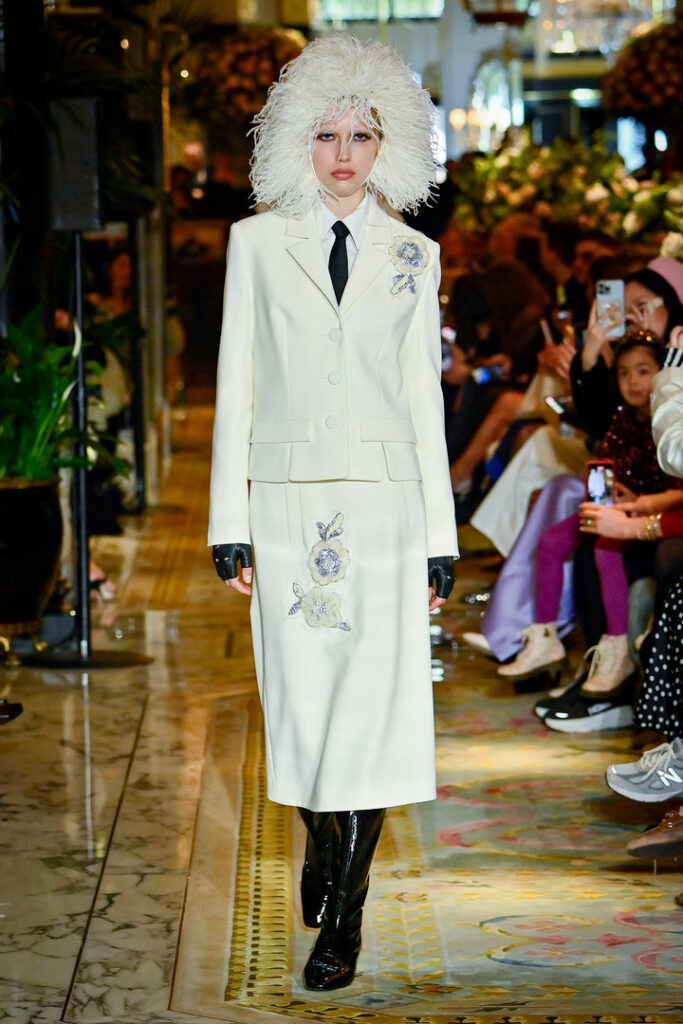
Contrary to this, punk—the quintessential London aesthetic—was also present in several shows. This duality and countercultural approach are emblematic of the city’s multiculturalism and openness to youth, two of LFW’s defining assets. Dilara Findikoglu presented an avant-garde collection with deconstructed looks, where corsets and lace, rather than evoking delicacy, conveyed a raw vision of womenswear. Sinead Gorey’s eclectic show offered a modern and deconstructed take on femininity, while Jawara Alleyne blended timeless cuts with layering and asymmetry in punk- and grunge-inspired looks.
Surrealism and drama were also central throughout the week, with ethereal and artistic looks that evoked a deep sense of storytelling and dreamlike scenarios. Harris Reed wowed with a series of voluminous, architectural designs, where golden ornaments served as the collection’s common thread. The show was opulent and theatrical—hallmarks of the designer’s signature style. Roksanda’s deconstructed, dynamic three-dimensional cutouts were both innovative and bold. Meanwhile, Di Petsa’s surrealism drew inspiration from mythology and futuristic design, presenting unstructured silhouettes and an eclectic blend of shapes, textures, and motifs.
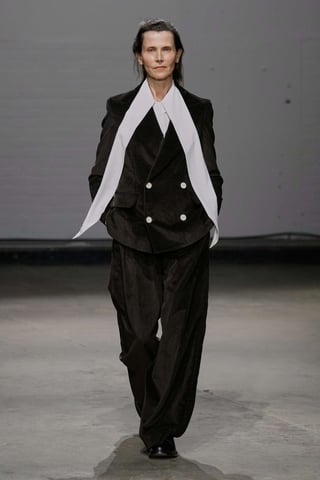
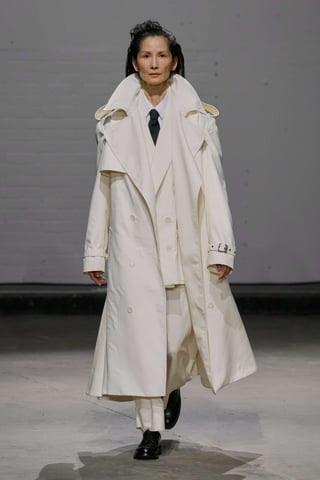
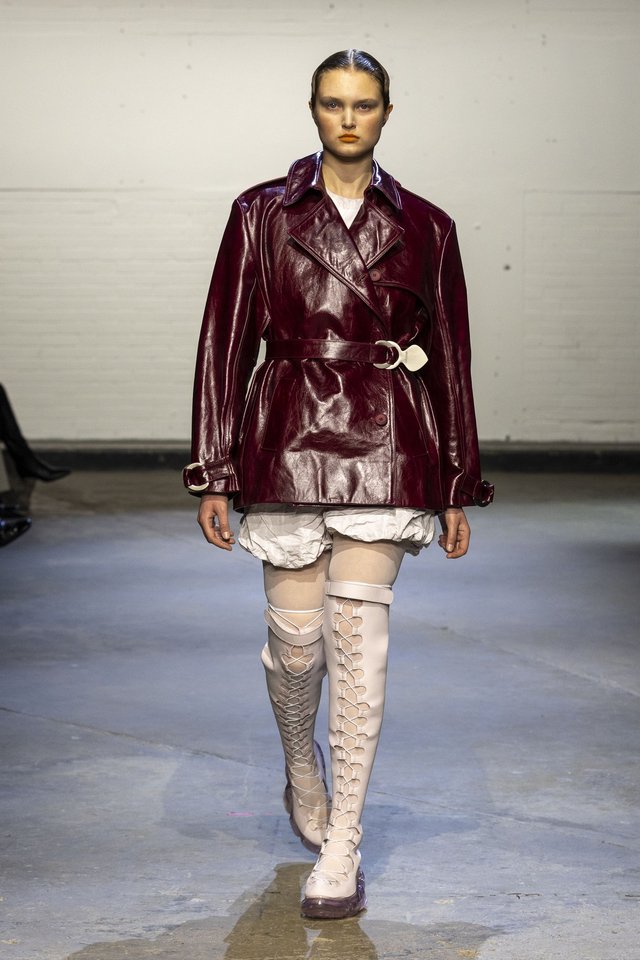
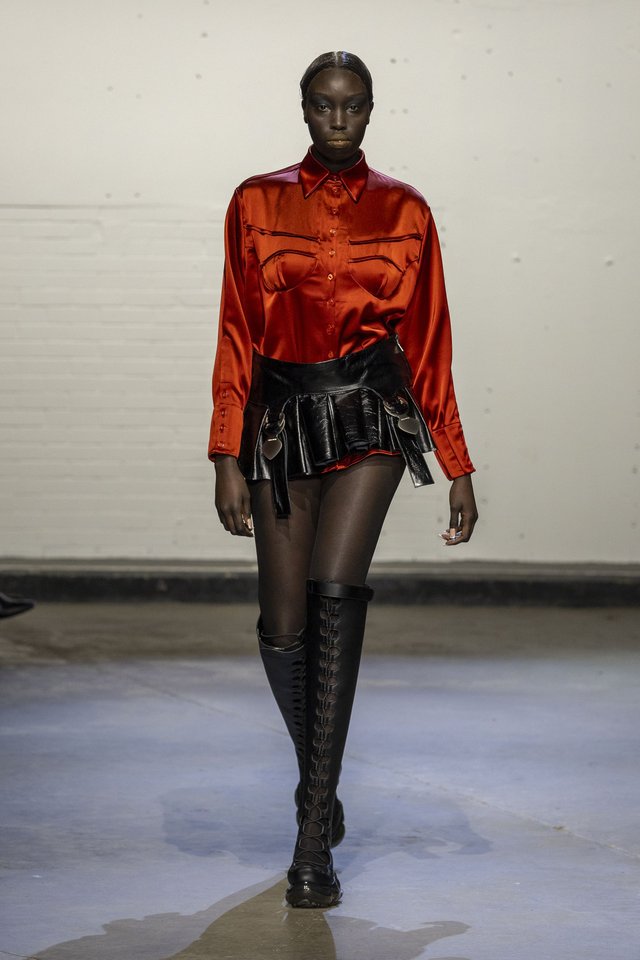
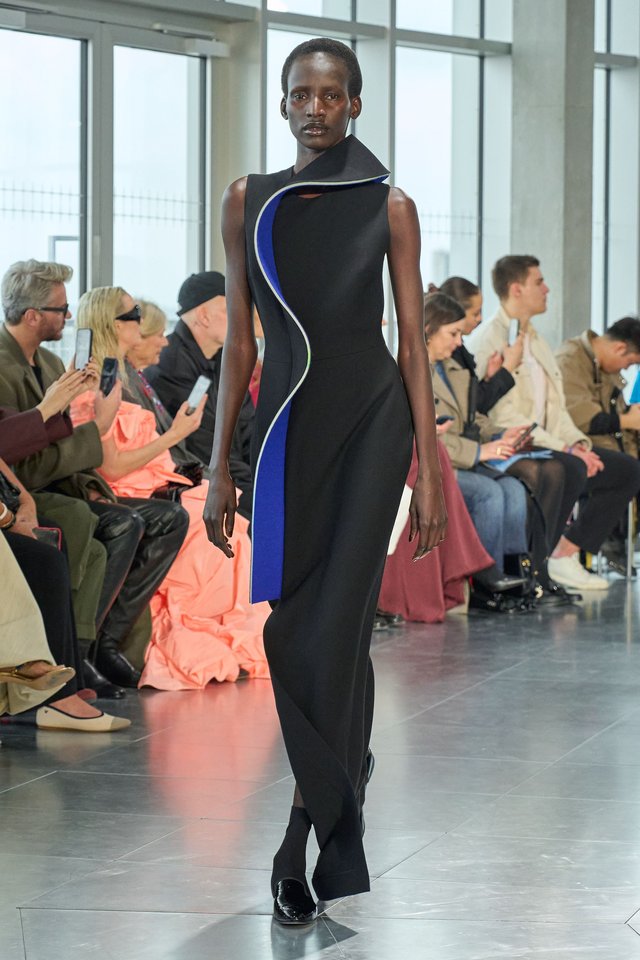
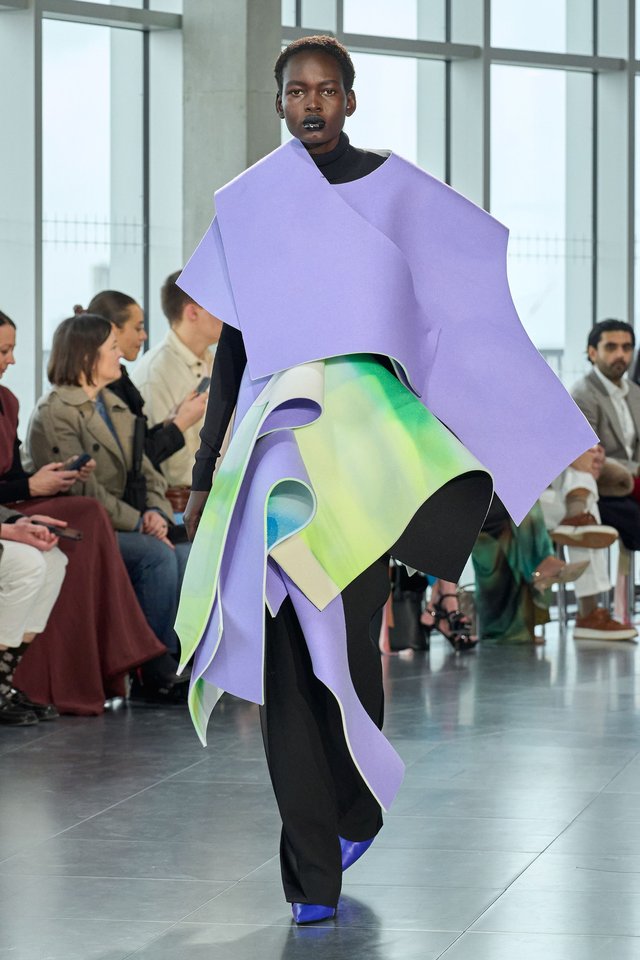
On a more serious note, corporate-core emerged as a major trend, with brands incorporating masculine elements into women’s office wardrobes. From Huishan Zhang’s suits and ties to S.S. Daley’s boyish take on femininity, this trend proved to be both genderless and timeless.